Today we look into the mysteries of Orion; the ancient myths, beliefs, allegations of alien visitations, and modern scientific research into exoplanets. For millennia, the Orion belt’s celestial trio of stars has served as a beacon for human wonder, and legends, but what if the whispers held truth. What if the enigmatic glow of Orion concealed a secret more profound than constellations can tell..?
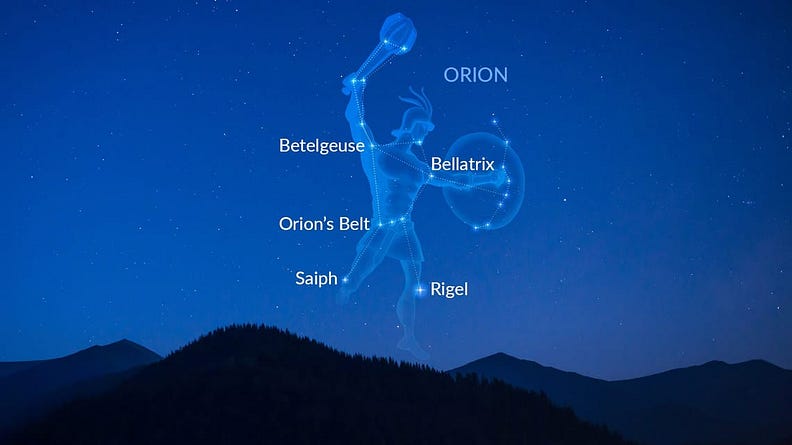
▶️ Watch the️ video UFOs and Aliens — An Orion Connection Here
The Luminous Trio: Alnitak, Alnilam, and Mintaka
The Belt of Orion, an iconic constellation, is known for its three bright stars: Alnitak, Alnilam, and Mintaka. These celestial beacons, approximately 1344 light years away from Earth, have captivated the imaginations of astronomers and stargazers alike. Despite their luminous presence, the quest to find exoplanets orbiting these stars has been elusive. Current investigations have not confirmed any exoplanets, but intriguing signs suggest that there might be more to discover.

The Stars and Their Secrets
Alnitak stands out as the youngest of the trio at about 6.4 million years old. Observations from the Spitzer Space Telescope reveal a disk with intriguing structure and brightness variations, hinting at possible planetary formations or dust clumps.
Alnilam exhibits radial velocity variations that could indicate the gravitational influence of an orbiting planet. However, the evidence remains inconclusive, leaving room for further exploration.
Mintaka, sharing similar age and characteristics with Alnitak, also shows a Spitzer disk with intriguing variability. Its age is estimated to be between 6–7 million years, making it a relatively young star in the cosmic timeline.
The Cosmic Connection: Orion and Earth’s Civilizations
The allure of Orion’s Belt extends beyond its celestial beauty; it has also been a source of inspiration and mystery for ancient civilizations. The Egyptians, for instance, aligned the Giza Pyramids with Orion’s Belt, suggesting a deep astronomical knowledge and possibly a spiritual connection to the stars. The alignment and the architectural marvels of the pyramids, such as the King’s and Queen’s Chambers, continue to fuel debates about their purpose and the civilization’s understanding of the cosmos.
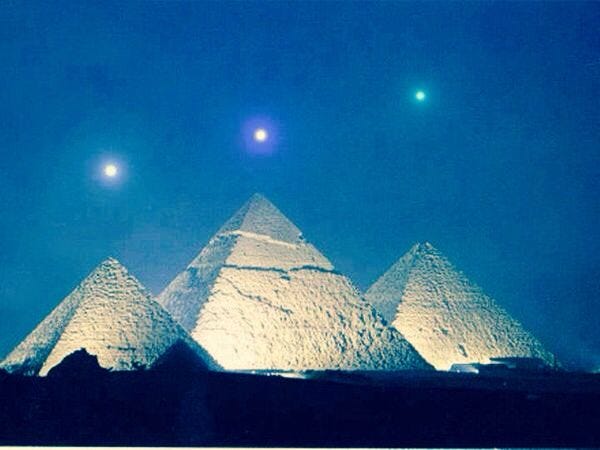
The Anunnaki: Myth or Ancient Astronauts?
The Anunnaki, deities in ancient Sumerian texts, are often linked to Orion’s Belt. Prominent figures in the Ancient Aliens theory propose that these beings were extraterrestrial visitors from Orion, influencing human civilization and technology. While mainstream science remains skeptical, these theories highlight the enduring fascination with Orion as a symbol of cosmic origins and interstellar connections.
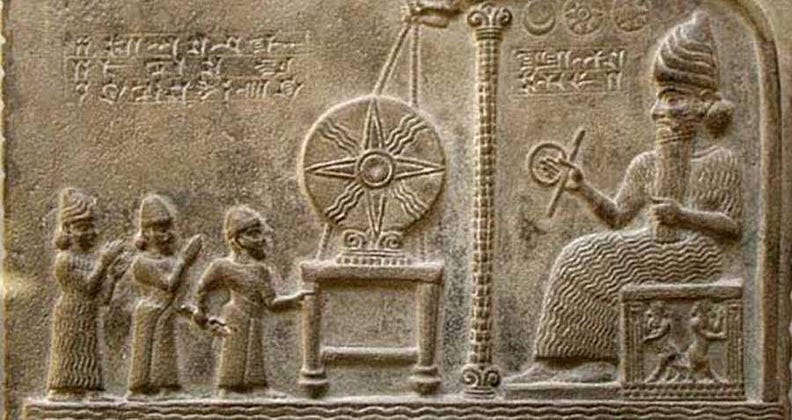
Teotihuacan: The City of Gods and Celestial Alignments
The ancient city of Teotihuacan, located in modern-day Mexico, is another testament to humanity’s deep connection with the cosmos. The city is renowned for its three monumental temples dedicated to the Moon, the Sun, and Quetzalcoatl (the Feathered Serpent). These structures are not just architectural marvels but also celestial markers mapping the same path as the Orion’s belt. For about 600 years, Teotihuacan thrived as a holy and prosperous city, its layout and structures reflecting a profound understanding of celestial bodies.
Global Alignments and Mythological Echoes
Stonehenge, England: This prehistoric monument might align with Orion’s Belt during the winter solstice, among other celestial bodies, suggesting a broader astronomical significance.
Great Zimbabwe, Zimbabwe: The Elliptical Wall within this ancient city might have specific orientations with Orion’s Belt. Its purpose, whether royal, ceremonial, or religious, remains a subject of debate, but its alignment hints at a broader cosmic connection.
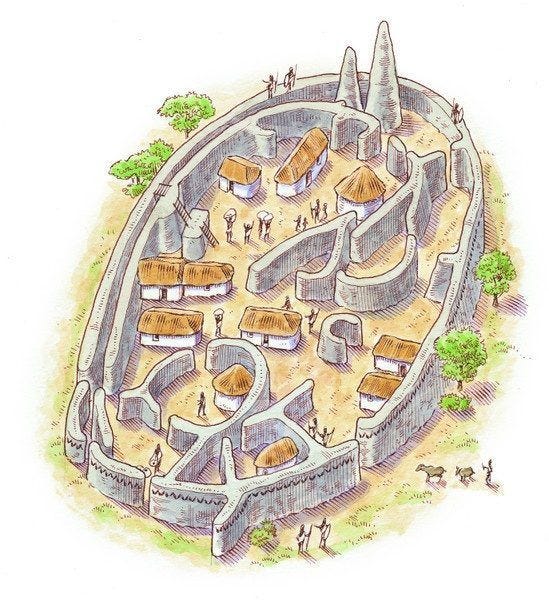
Greek Mythology: The Hunter in the Sky
The Mighty Hunter: Orion, often depicted as a formidable hunter, is a universal symbol of strength and mastery over nature. His eternal pursuit of the Pleiades and his superhuman abilities reflect humanity’s admiration for the celestial.

Death and Rebirth: Orion’s death and subsequent placement among the stars symbolize immortality and the cyclical nature of life. This myth explores themes of divine jealousy, mortality, and rebirth.
Navigation: Orion’s Belt served as a crucial tool for navigation and understanding the cosmos, marking seasons and guiding travelers, reflecting its role in maintaining cosmic order.
African Mythology: Stars and Spirits
Dogon Wisdom: The Dogon tribe possesses remarkable astronomical knowledge. They associate Orion with twin gods, Nummo, who descended from the stars and brought knowledge and technology to humanity. The Dogon also have myths related to Orion’s Belt. They associate these stars with the figure of Amma, their supreme god who is responsible for the creation of all things. The stars of Orion’s Belt are seen as a representation of a cosmic region where Amma’s order was first manifested.
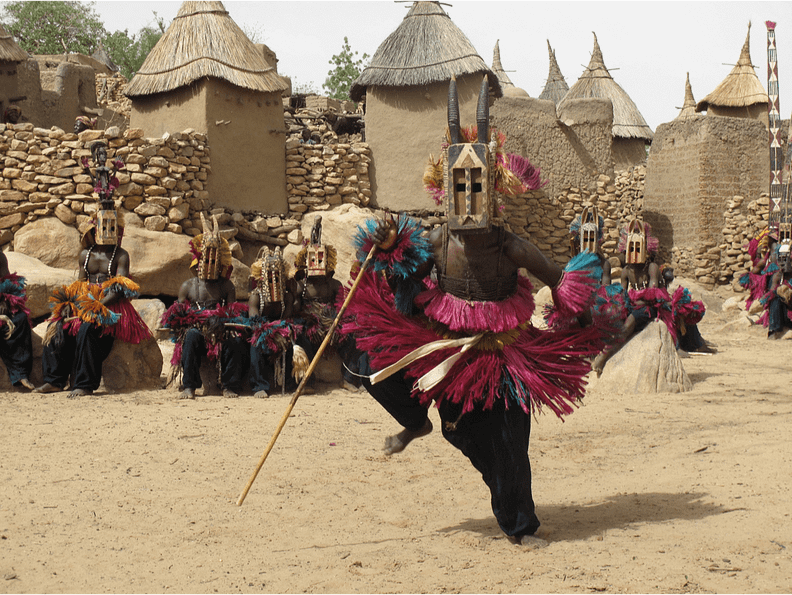
Native American Connections: Sacred Landscapes
Navajo Sacred Mountains: The Navajo align their four sacred mountains in a pattern that some believe correlates with Orion’s Belt, integrating the constellation into their spiritual geography. The four sacred mountains include San Francisco Peak, Blanca Peak and Hesperus Mountain.
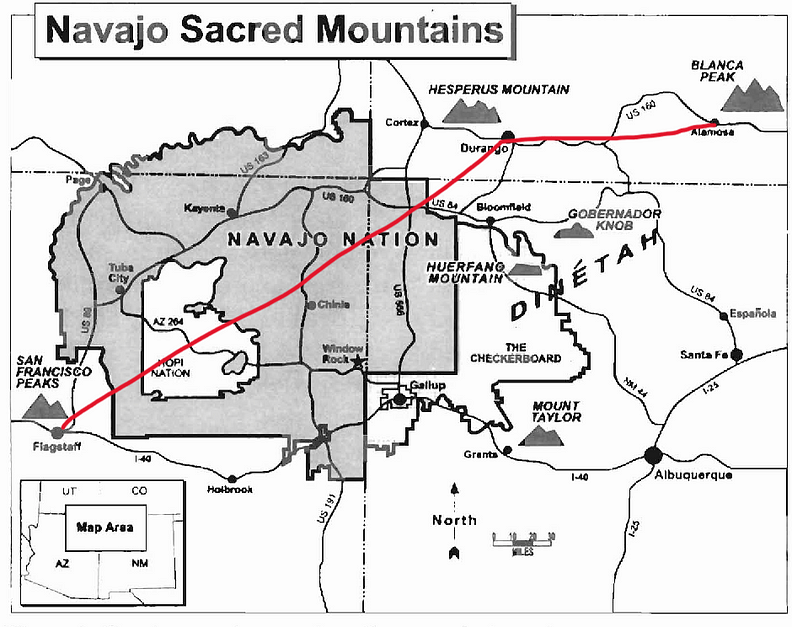
Chumash Point Conception: The Chumash often referred to Point Conception as the “Earth navel” of their world. Situated along the California coast, this significant landmark is not perfectly aligned but roughly faces east, towards the rising of Orion. According to tradition, Point Conception is more than just a geographical feature; it is the sacred emergence point of their ancestor T’amurtu. Emerging from the ocean, T’amurtu’s arrival on land is a pivotal moment in Chumash lore, symbolizing the birth of their people and their enduring connection to both the land and the sea.

Conclusion: A Celestial Tapestry Woven Through Time
The widespread cultural significance of Orion’s Belt across different civilizations suggests a possible shared ancestral or extraterrestrial source of knowledge. Many ancient societies, from Mesoamerica to the Middle East, aligned significant structures with this constellation, indicating deep astronomical understanding and symbolic reverence. While the true origin of this fascination — whether human or otherworldly — is up for debate, the enduring legacy of Orion’s Belt continues to inspire and intrigue, reflecting humanity’s long-standing quest to decipher the cosmos and our place within it.
▶️ Watch the️ video UFOs and Aliens — An Orion Connection Here
Access all of Cristina Gomez’ links -click here
.png)
Comments & Upvotes